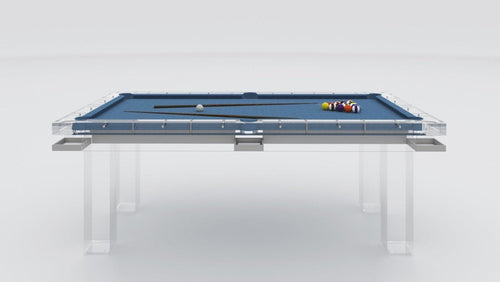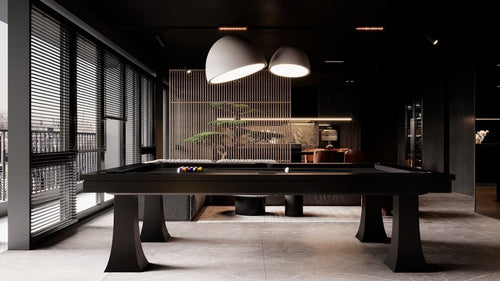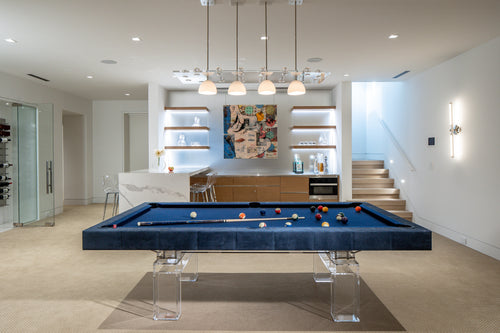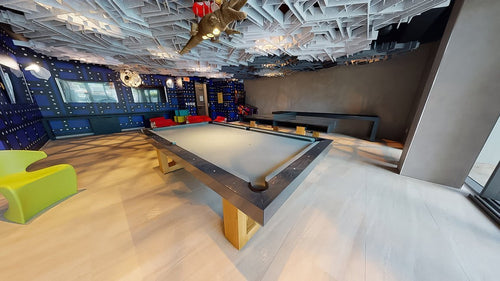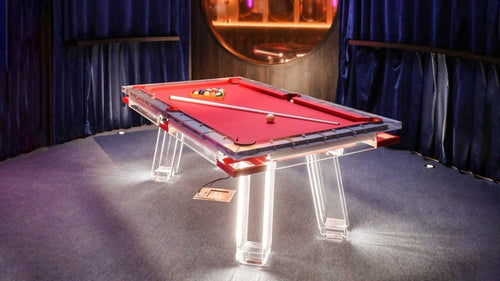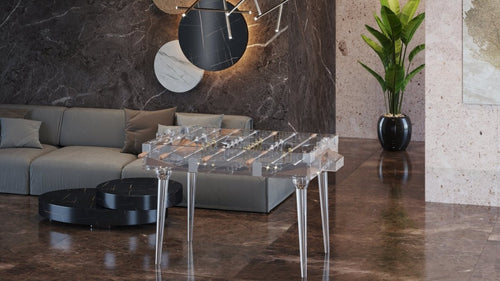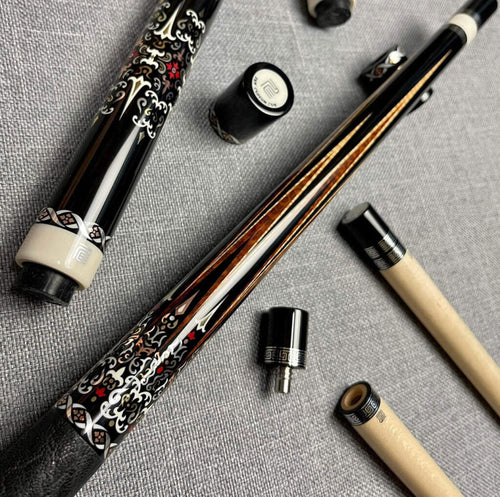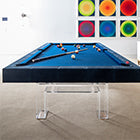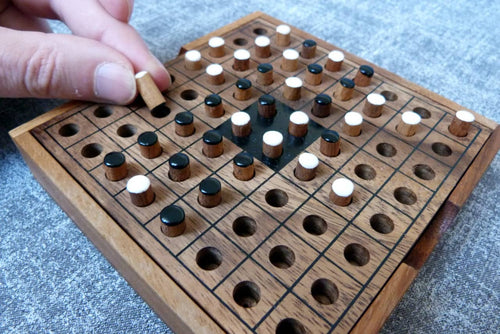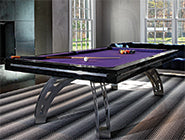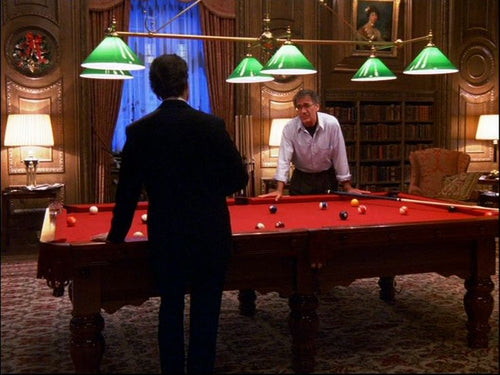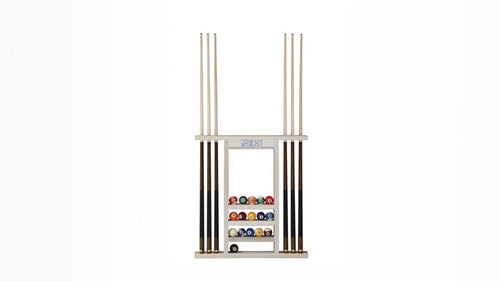Enjoy our modern designs
Design History |
Scandinavia didn’t just adopt modernism—they gave it soul. Here’s why their “warm modernism” became a global obsession, and why it’s still the world’s go‑to style for comfort and clarity.
What Made Scandinavian Modernism Different?
- Warmth over Severity: Smooth hardwoods, muted textiles, and organic lines softened the mechanical bite of Bauhaus orthodoxy.
- Craft at the Core: Cabinet‑makers, glass‑blowers, and textile weavers shaped the design language just as much as architects did.
- Simplicity that Works: Forms stayed lean, functions stayed clear; if a chair didn’t sit well, it wasn’t finished.
- Sculptural Silhouettes: Finn Juhl’s floating frames and Arne Jacobsen’s Egg proved practicality could still turn heads.
Denmark: The Sculptors of Comfort
Finn Juhl
The first Dane to hit the U.S. mainstream. His 45 Chair and the UN Trusteeship Council Chamber married free‑form curves with impeccable joinery—produced stateside by Baker Furniture.
Arne Jacobsen
Total‑design guru behind Copenhagen’s SAS Royal Hotel. Egg, Swan, and Series 7 chairs for Fritz Hansen remain café staples and auction darlings.
The Rest of the Danish Pantheon
- Hans Wegner’s Wishbone
- Børge Mogensen’s Shaker‑inspired seating
- Poul Kjærholm’s steel‑and‑leather minimalism
- Grete Jalk’s laminated experiments
- Verner Panton’s psychedelic plastics
- Kaare Klint’s human‑scaled safari chair
- Poul Henningsen’s PH lights—each a case study in honest materials and ergonomic grace.
Sweden: Planning the Everyday Beautiful
Sven Markelius balanced civic muscle with interior elegance—Stockholm’s Folkets Hus and the UN Economic and Social Council Chamber prove it. On the retail side, “Swedish modern” filled homes with Orrefors crystal, striped cottons, and blond‑wood storage long before IKEA globalized the look.
Finland: Plywood Poetics and Beyond
Alvar Aalto
From the undulating walls of the 1939 New York World’s Fair pavilion to MIT’s Baker House dorm, Aalto showed how birch could bend—and how modernism could breathe. Artek still sells his stools and tea carts nearly unchanged.
New‑Wave Finns
- Viljo Revell – Toronto City Hall’s twin shells.
- Eero Aarnio – Pop‑era Ball and Bubble chairs that turned 1960s futurism into living‑room reality.
- Marimekko – Bold prints that put Finnish textiles on fashion runways and kitchen tables worldwide.
- Wärtsilä Shipyards – Floating hotels with Nordic interiors cruising the Baltic and beyond.
Crossing the Atlantic: Why America Fell for “Danish Modern”
Post‑war prosperity met middle‑class appetite for clean lines without the clinical vibe. Teak dining sets and PH lamps sold out in U.S. department stores, while architects specified Scandinavian pieces to humanize steel‑and‑glass offices.
Twenty‑First Century: Global Stage, Same DNA
Snøhetta’s Oslo Opera House (2008) and Times Square pedestrian makeover (2017) prove Nordic sensibilities scale up. Outside the region, kindred spirits like Japan’s Oki Sato (Nendo) and Brazilian studios riff on the same trio: clarity, craft, and user comfort.
Fast Takeaways for Today’s Designers
- Material honesty never goes out of style.
- Ergonomics sells—ask anyone who’s sat in a Panton chair photo‑op.
- Warm minimalism beats cold perfection when courting mass audiences.
- Collaboration between craft and industry turns local ideas into global icons.



